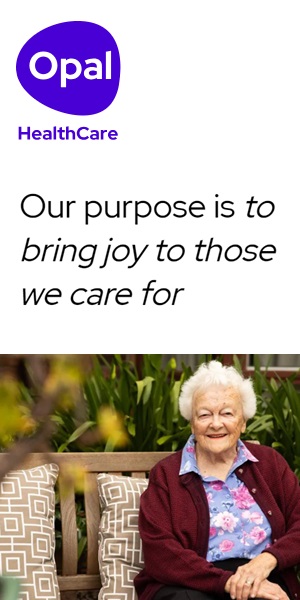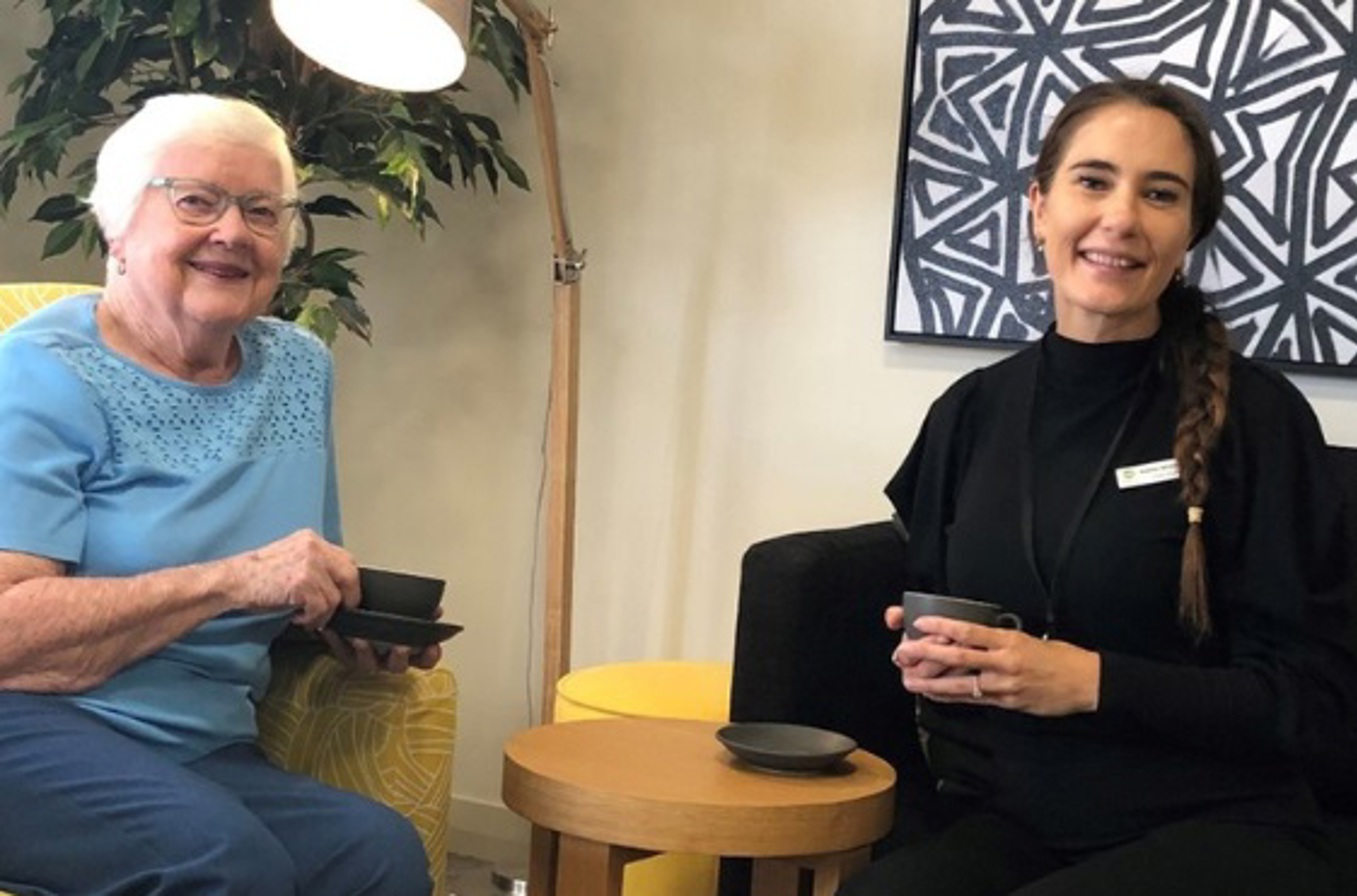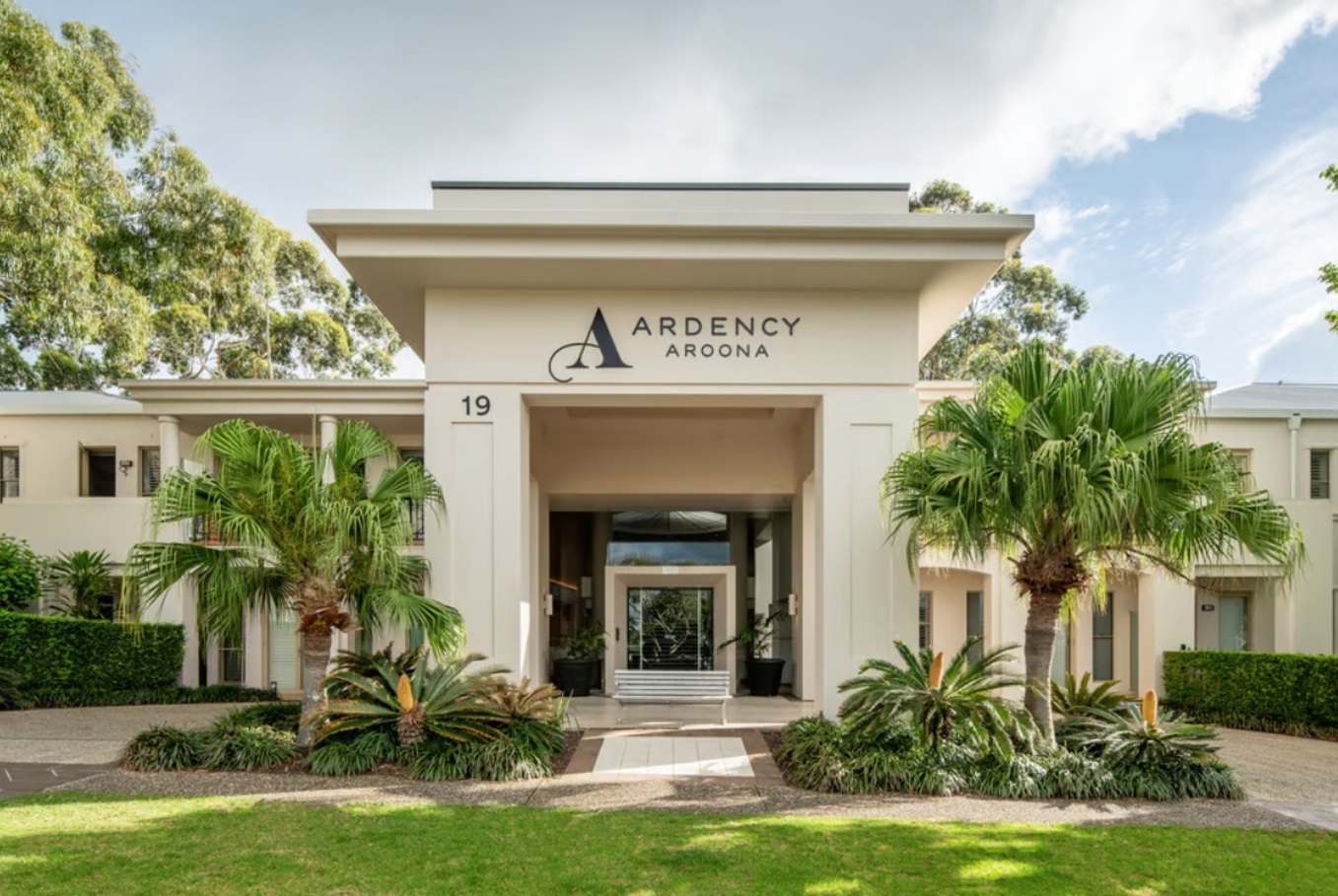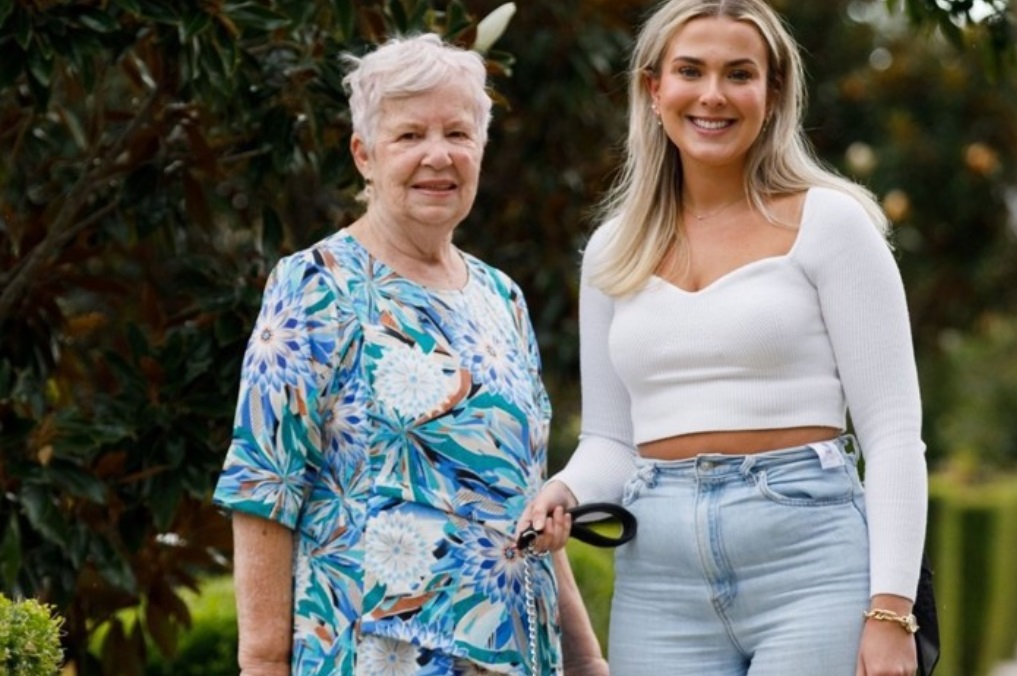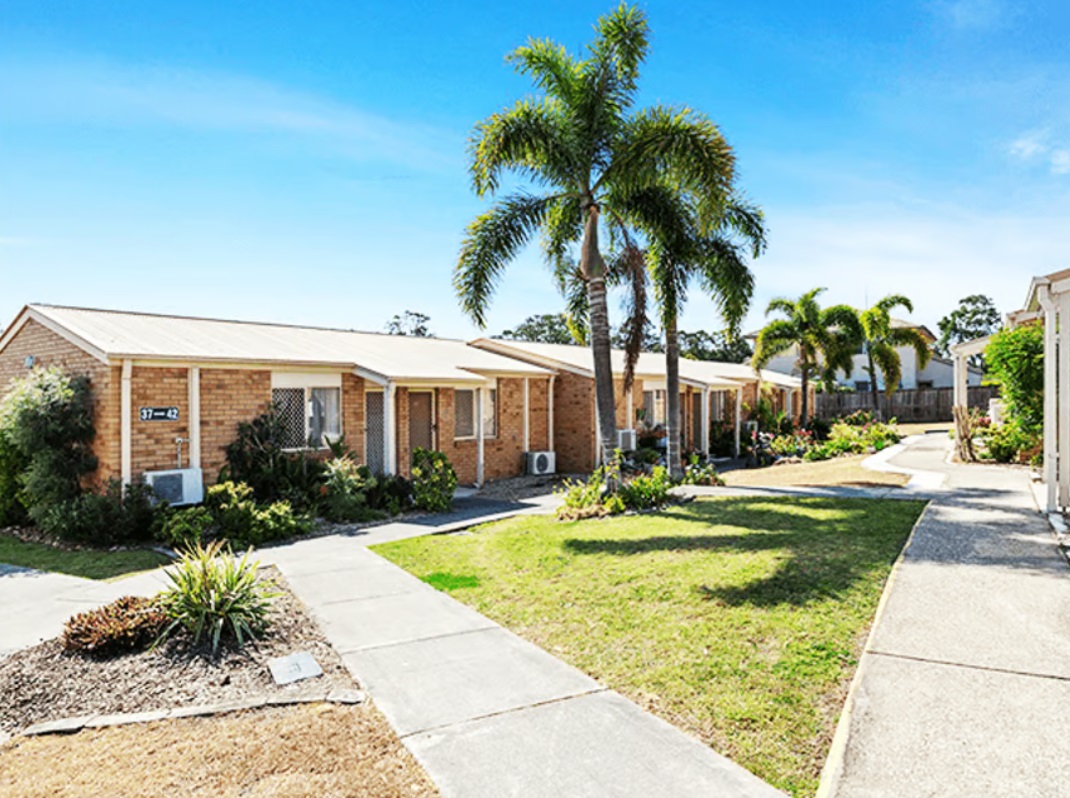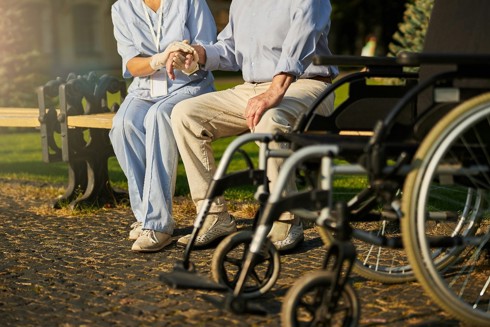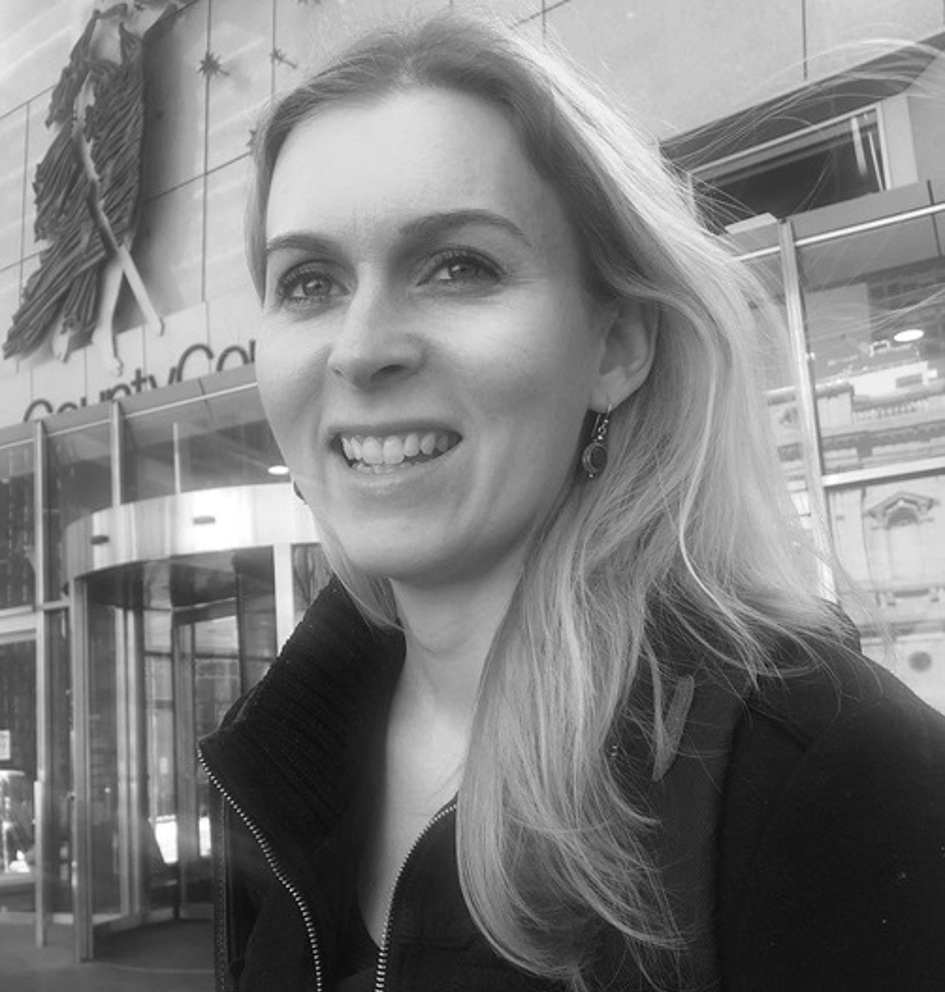Reverse mortgages: correcting the myths

A reverse mortgage can be a great option to assist with paying a Residential Accommodation Deposit (RAD), but can be overlooked because of some persistent myths.
Affinity Aged Care Senior Adviser Don Swanborough says confusion around reverse mortgages means some people are reluctant to consider them when it comes to paying a RAD.
“I’ve had many clients who assume that the principal and interest can accumulate to such an extent that the home will have negative equity – that is, owing more than the value of the property,” Don said.
“This is one of the greatest myths of reverse mortgages and the government’s recent introduction of ‘no negative equity’ legislation puts this myth to rest.”
Don said that reverse mortgages can be a useful way to pay a RAD for a number of reasons.
“A reverse mortgage allows you to retain the family home, which can be a great comfort to many making the significant transition into aged care.
“Another great benefit of a reverse mortgage is the home can be rented, with rental income not forming part of the assessment for aged pension if the home owner is in permanent aged care.
“However under this arrangement it is crucial that financial advice is sought to set up the loan and aged care accommodation payments to ensure the home is exempt for age pension purposes.
“The mortgage contract must also allow the home to be rented while the homeowner is in permanent aged care.”
He said a reverse mortgage could also provide cash to fully or partly fund the RAD.
According to Don, financing RADs in this way is growing in popularity in booming property areas around Australia.
“In these cases it is a great option because you can retain your home while it hopefully also grows in value.
“Like many aspects of aged care planning, the process can be complex so it is crucial to speak to a certified aged care adviser before making any decisions.”

9/60 Carrington St, Sydney NSW 2000
02 8078 0888
[email protected]
www.affinityagedcare.com.au
